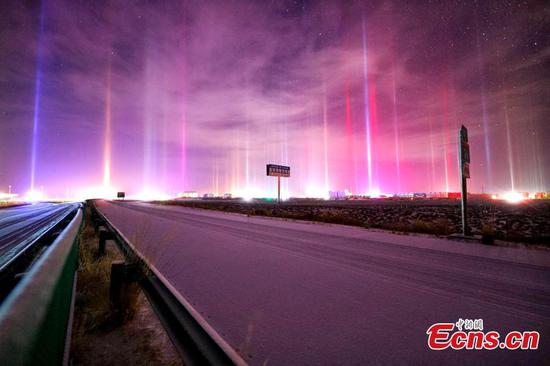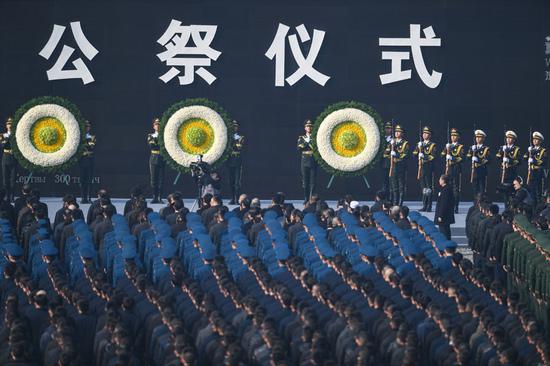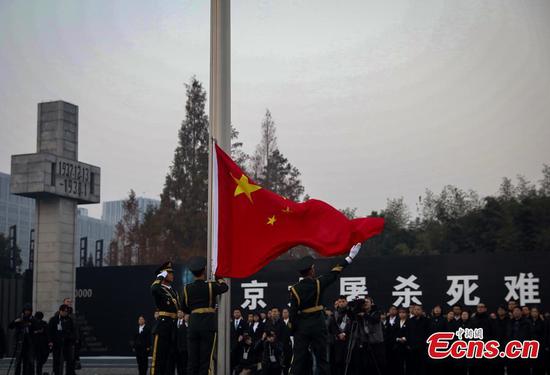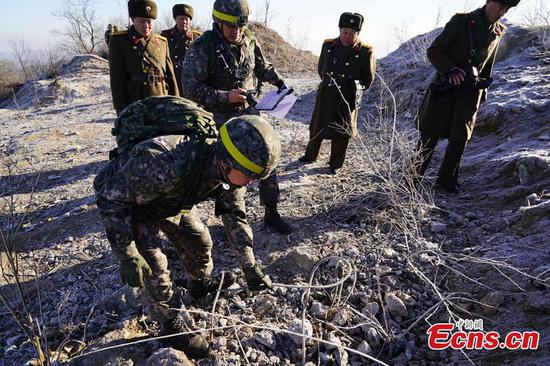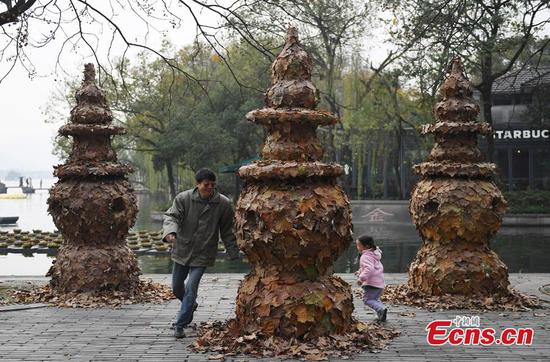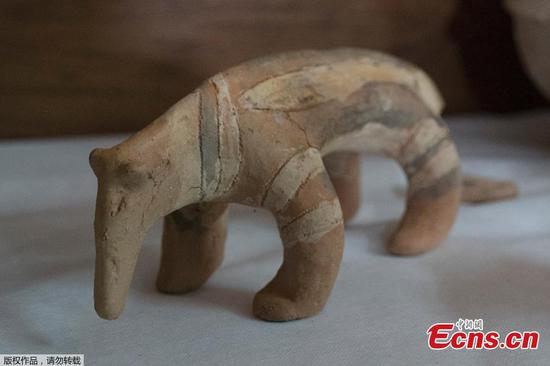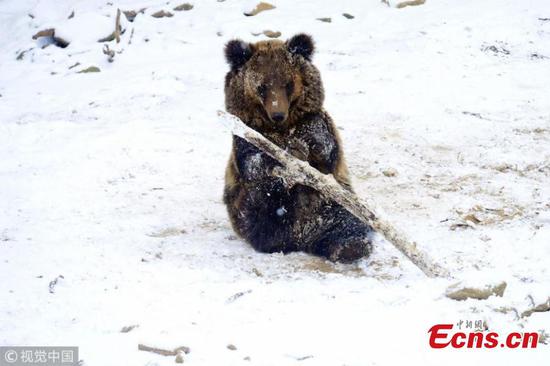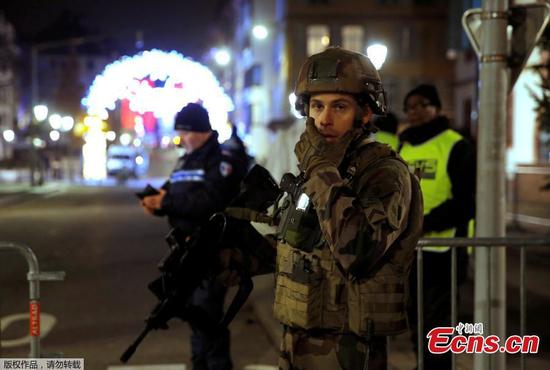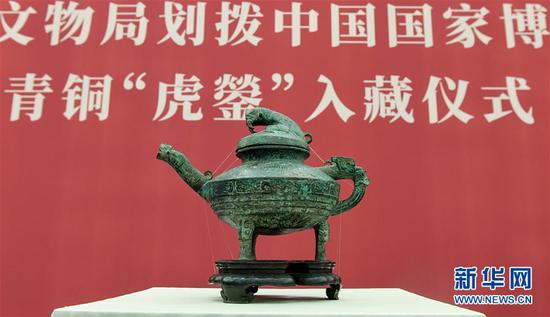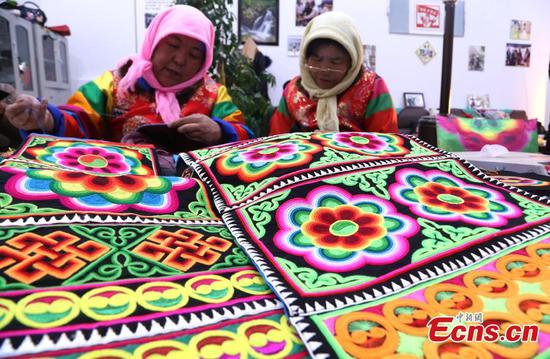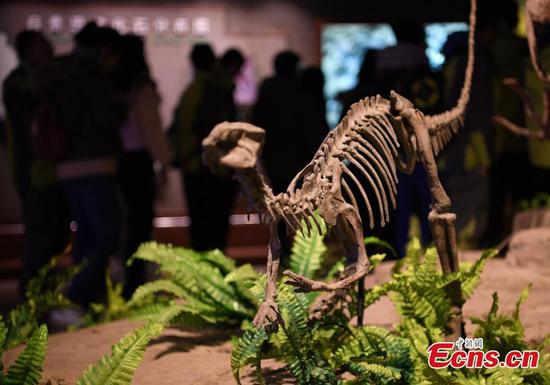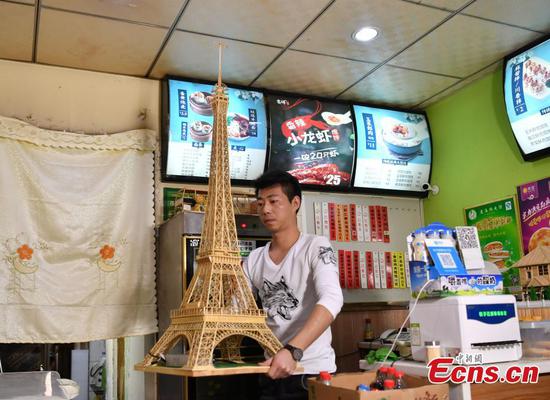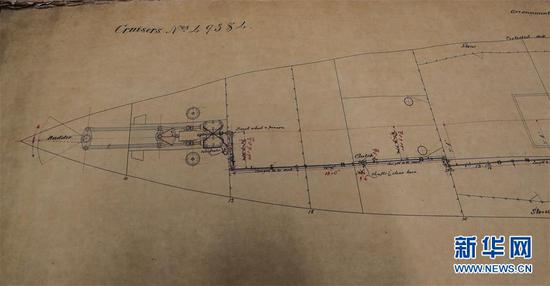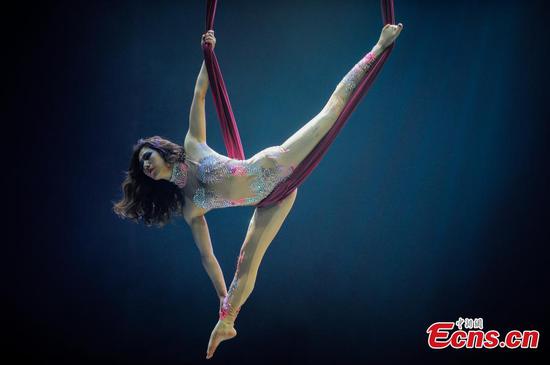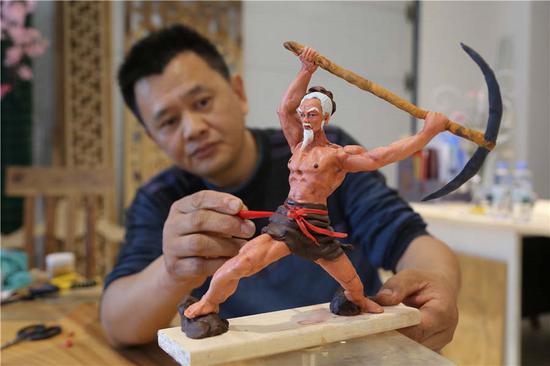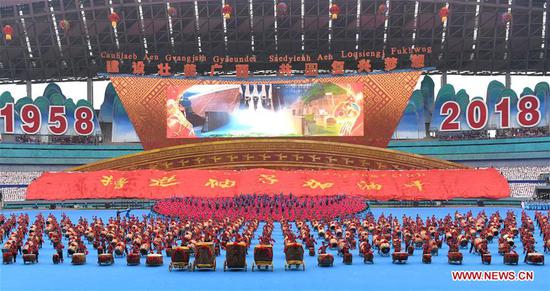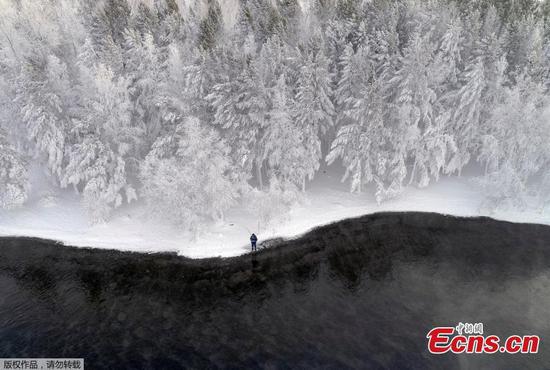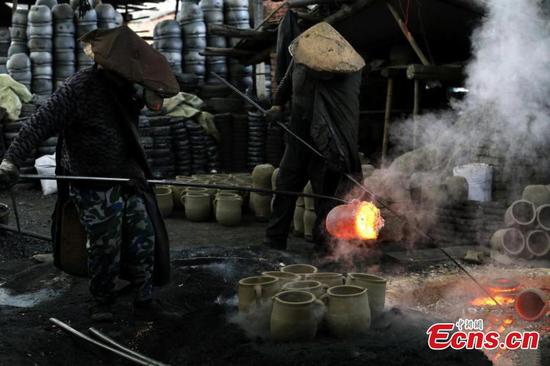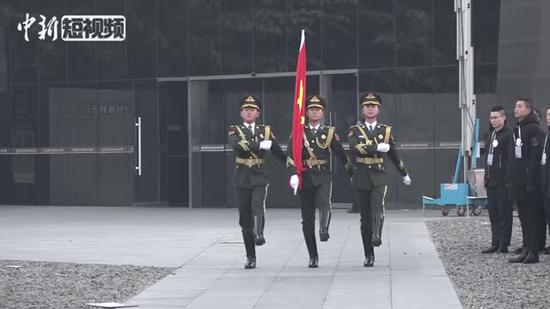Disappointment and disbelief quickly spread across a village in east China's Fujian Province Thursday, after villagers learned that a Dutch court had rejected their case against a Dutch collector demanding the return of a mummy Buddha statue.
"The whole village of Yangchun was thrown into chaos. Many villagers cried," said villager Lin Wenqing, who has made long-time efforts to seek the return of the Buddha.
An Amsterdam court ruled on Wednesday that the mummy Buddha repatriation case filed by two Chinese villages against a Dutch collector is "inadmissible."
According to the court, it is unclear whether the Chinese village committees have the right to bring legal claims. The villagers argued that a village committee in China is a "special legal person" under the Chinese civil law.
Liu Yushen, a Beijing-based lawyer who assisted in the case, said that a village committee is fully entitled to bring legal claims in China.
"It might be difficult for judges in other countries to have a clear understanding of a village committee, which is a unique legal entity in China," Liu said.
The statue in question contains the mummified body of Zhang Gong, a local man who became a monk in his 20s and won fame for helping people treat diseases and spreading Buddhist beliefs.
When he died at the age of 37, his body was mummified and placed inside the statue during China's Song Dynasty (960-1279). The statue has been worshipped in the village temple Pu Zhao Tang with ancestors of Lin's family for over 1,000 years.
On the early morning of Dec. 15 of 1995, the statue was found stolen. Villagers reported the incident to local police and looked for the missing statue in almost every temple and antique market in nearby counties without success.
Their hope was rekindled in March 2015 by an exhibition at the Hungarian Natural History Museum, where the stolen statue was believed to be on display.
In May 2016, two villages of Yangchun filed the repatriation case of religious, cultural and ethical significance against Amsterdam resident Oscar van Overeem, who lent the statue to the exhibition.
Van Overeem agrees that the statue comes from the province of Fujian, but insists that it is not the "Zhang Gong Monk Master" as claimed by the villagers. He said he had exchanged the statue for another piece of art with a third party who prefers to remain anonymous. Two public hearings were held in July 2017 and last October.









